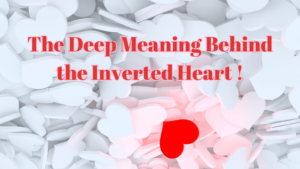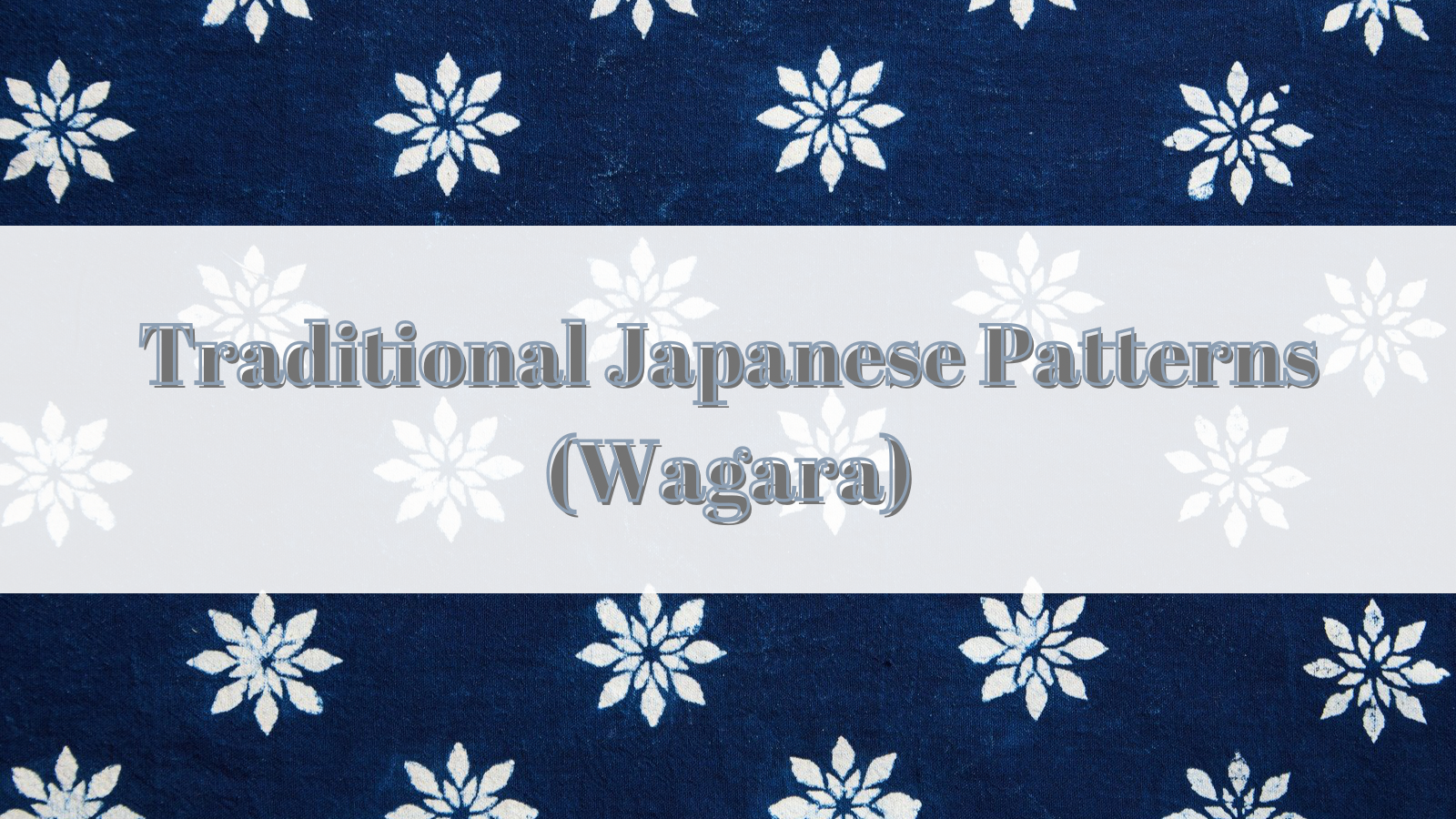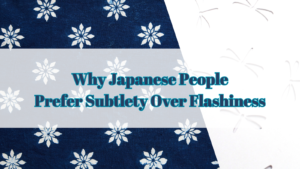Regarding the Mari (decorative ball) keychains planned for display at “Japan Expo” on December 14, 2024, I have previously introduced explanations about “Mari” and “Inverted Heart” in separate articles! I would be delighted if you could take a look at those as well!


Lastly, I’d like to introduce “KANJI” (Chinese characters used also in Japan) ♡
Many people might think of “KANJI” when they think of Japan, right? In Japan, “KANJI” is used daily as “words” and “characters” for “communicating” and “expressing,” but when we ask foreigners about their impression of “KANJI”, many answer that it’s “art”, suggesting they often enjoy it visually♪
This time, I picked several “KANJI”characters to use as accents on the keychains☆ I would be happy if you could enjoy them along with their meanings♪

Choosing 6 Kanji Characters
First, it was very difficult to narrow down the many “KANJI”to just six. As someone who knows the meaning of Kanji, every character was very appealing to me. When I researched which Kanji were popular among foreigners, “美” (beauty) and “風” (wind) were overwhelmingly popular, so these two were decided immediately.
Then, there were two Kanji that I personally really wanted to choose: “愛” and “武”. I believe that “愛” (love) represents how “caring for others” is common to all living beings, regardless of different environments. Also, I think “武” perfectly expresses Japanese masculinity, so I really wanted to use these two characters.
I chose “誠” because I thought this character best represents my feelings toward the works I create with dedication. It contains my hope that the sincerity and care put into each piece will reach others.
Finally, I chose “結” with the hope that my works will beautifully connect Japan and Australia as one☆ hoping for such a connection☆
Each Kanji character always has a “meaning.” I would be happy if you could enjoy them along with their meanings☆

Kanji Charms – Meanings
- 愛 (Ai): To cherish, to be affectionate
- 美 (Bi, pronounced “bee”): Beautiful, pure, splendid
- 風 (Kaze): The phenomenon of moving air, the state or movement of the world
- 武 (Bu): Fighting strength, courageous, valiant
- 誠 (Makoto): Truthful, genuine, with heartfelt honesty
- 結 (Yui): To unite into one, to bind and protect, to connect to the future
Check out the back of the Kanji charms as well!
I wanted to incorporate Japan thoroughly even on the back of the Kanji charms! I considered various options. Should I print the “readings” of the Kanji? Should I use traditional Japanese “family crests”?
And I arrived at one answer. It was “Japanese patterns” (Wagara). When I researched Japan’s unique “Wagara,” I learned that each pattern has its own meaning. This is interesting! I wanted foreigners to know about this too! So I decided on “Wagara”☆
I will introduce the details about “Wagara” in a separate article. I would be happy if you could read the article below♪








